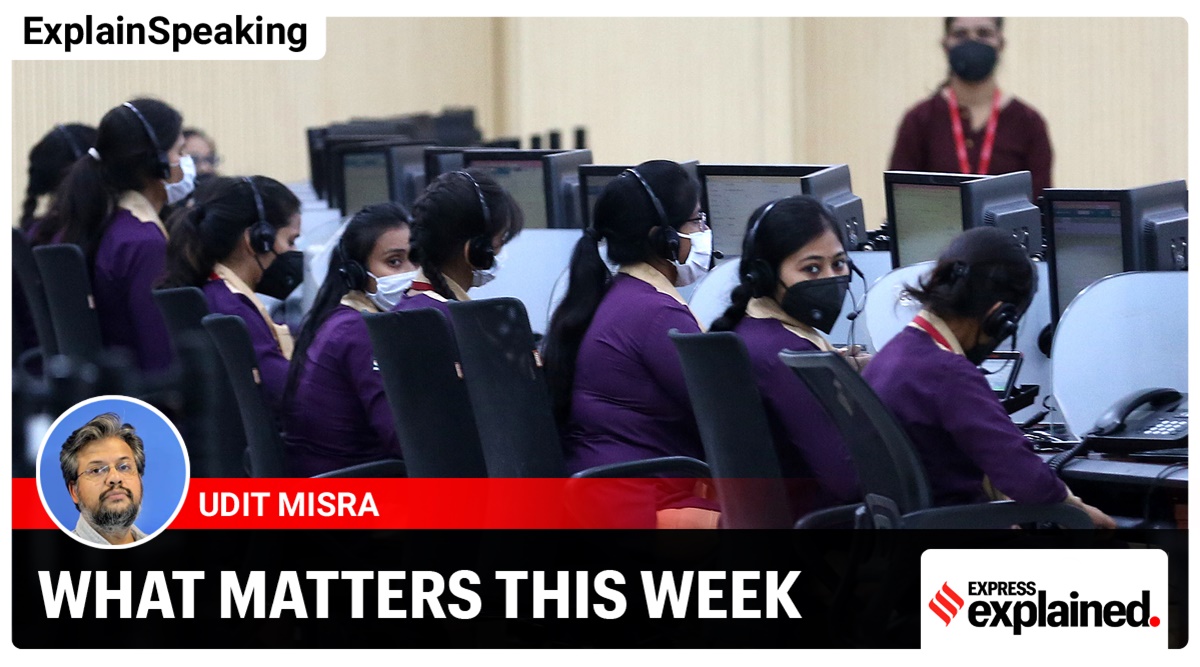A few days ago, a comment by the
BJP’s
newly-appointed Uttarakhand Chief Minister Tirath Singh Rawat about
women wearing ripped jeans created massive outrage in social media. But, from the perspectives of the economy and public policy, perhaps the more salient comment was made by Rawat’s cabinet colleague Ganesh Joshi, who reportedly said: “Women talk about all the things they want to do in life, but the most important thing for them is to look after their family and kids.”
Joshi was not voicing a rare sentiment. In 2013, the head of the Rashtriya Swayamsevak Sangh Mohan Bhagwat had said: “A husband and wife are involved in a contract under which the husband has said that you should take care of my house and I will take care of all your needs…Till the time the wife follows the contract, the husband stays with her; if the wife violates the contract, he can disown her.”
To be sure, this understanding of a woman’s role in Indian society is not limited to any one group or political party. Such conservative/orthodox beliefs, as well as violence against women, are often held as the main reasons why very few women seek any employment. That is why India has one of the worst labour force participation rates (LFPR) by women.
As the chart below shows, at 21% India has one of the lowest female participation rates in the world. In other words, 79% of Indian women (aged 15 years and above) do not even seek work.
India has one of the lowest female participation rates in the world
Countries with which Indian typically compares itself — such as China, the US, Indonesia, and Bangladesh — have two-to-three times higher participation rates for women.
Worse still, it is not the case that India is behind just a handful of countries.
As the chart below shows, no matter which cluster of countries one compares with — high income or low, highly indebted or least developed — India comes off worse. India’s 21% female LFPR is not even half the global average (47%). The bottom of this chart further underscores the poor company India keeps in terms of freedom for women.
The percentage of working-age women who are economically active in the country is far lower than the global average

indianexpress.com


/cloudfront-us-east-2.images.arcpublishing.com/reuters/7ZBYC6REU5MMPL4NTQLJYVYUEU.jpg)


